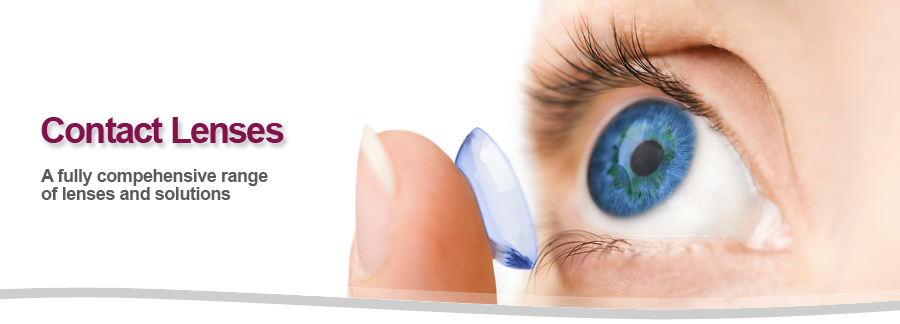Today, most of the people are aware of contact lenses and they gather the information from various resources. But while going through the collection of vast information, probably everyone needs to sit for long periods of time on the digital systems, which in turn causes strain to the eyes. Many of you may wear spectacles to perform activities like reading, playing sports, attending meetings and marriage functions. Right! Sometimes you feel awkward with your glass frames that spoil your mood in that particular occasion. For women, specs may stand as the drawback for their makeup. Thus, spectacles can be comfortably and easily replaced with the contact lenses. By wearing the contact lenses, people cannot make out your vision disorder. Contact lenses provide clear vision along with enhancing your style and fashion. Here you can find the various types of contact lenses, their advantages and disadvantages. Read them carefully and take your time to choose the perfect contact lenses.
Types of Contact Lenses – Your Right Choice
Contact lenses are thin concaved plastic disc that are made of many different kinds of the lens material. These lenses are usually worn by people who have vision problems such as near sightedness and far sightedness. The following types of contact lenses fall into two main categories. Make a note of its advantages and disadvantages too.
- Soft Contact Lenses – Thin, gel-like lenses made of a hydrogel material that can be easily confined to the shape of your eyes.
- Advantages: These lenses are flexible and comfortable when inserted into your eyes. Soft contact lenses are available in disposable contact lenses option and also extended wear style. It takes shorter adjustment period and can be easily adapted even by new contact lens wearers. These contact lenses have good oxygen permeability and stay in place, even with potent physical activity.
- Disadvantages: Soft contact lenses are less durable and less effective in correcting higher degrees of astigmatism. These require frequent replacement and are prone to a greater risk of infection.
- Rigid Gas Permeable (RGP) Contact Lenses – Made of special plastic combined with other materials like fluoropolymers and silicone.
- Advantages: RGP lenses allow more oxygen to pass through the cornea region of the eye and reduce the risk of corneal irritations. These contact lenses provide optimal vision correction for a wide range of eye conditions including astigmatism, a type of blurred vision which is caused by an irregularly shaped cornea structure. It contains less replacement schedule, for about 2 to 3 years and is more durable in nature.
- Disadvantages: These contact lenses need more time to get adjusted by the wearers. The RGP lenses may slip off the centre of your eye more easily and is prone to cause discomfort and irritation due to dust accumulation.
Some Points to be Considered before Using Contact Lenses
Contact lenses move freely with your eye and allow a natural field of view. These lenses have no frames to distract your vision and reduce distortions significantly. Keep these points in your mind before you wear contact lenses.
- Wash your hands thoroughly before handling the contact lenses.
- Do not wear contact lenses beyond the prescribed period suggested by your eye-care professional.
- Take special care for contact lenses that include cleaning, storage, sterilization and protein removal.
- Consult your eye doctor before you decide to change the contact lens solution.
- Always clean both sides of the lenses and never use tap water to clean the contact lenses.
Now, what’s on your mind? Obviously! You might have decided to wear contact lenses. But make sure you go for a thorough eye examination and get the perfect fit by an experienced eye specialist. Choose the excellent contact lenses that suit your lifestyle and has no disadvantages. Enhance your vision and glam to make a good healthy living!

